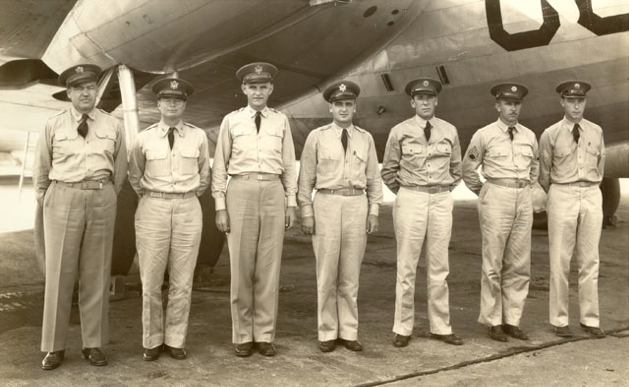

The other members of the XB-15 crew were Captain William D. Old, Walter G. Bryte, Jr., A.C. Brandt, Master Sergeant Adolph Cattarius, Staff Sergeant William J. Heldt, Technical Sergeant Daniel L. Spicer and Staff Sergeant James E. Sands.
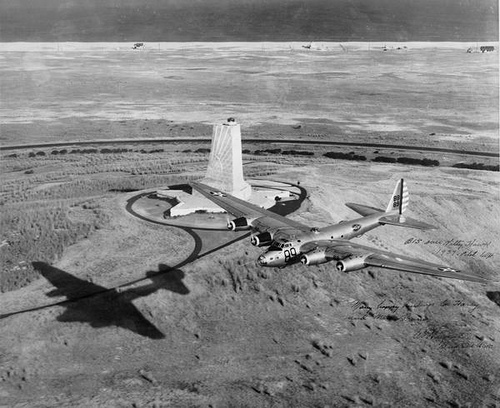
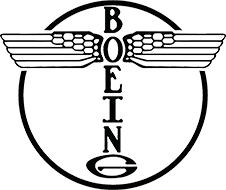
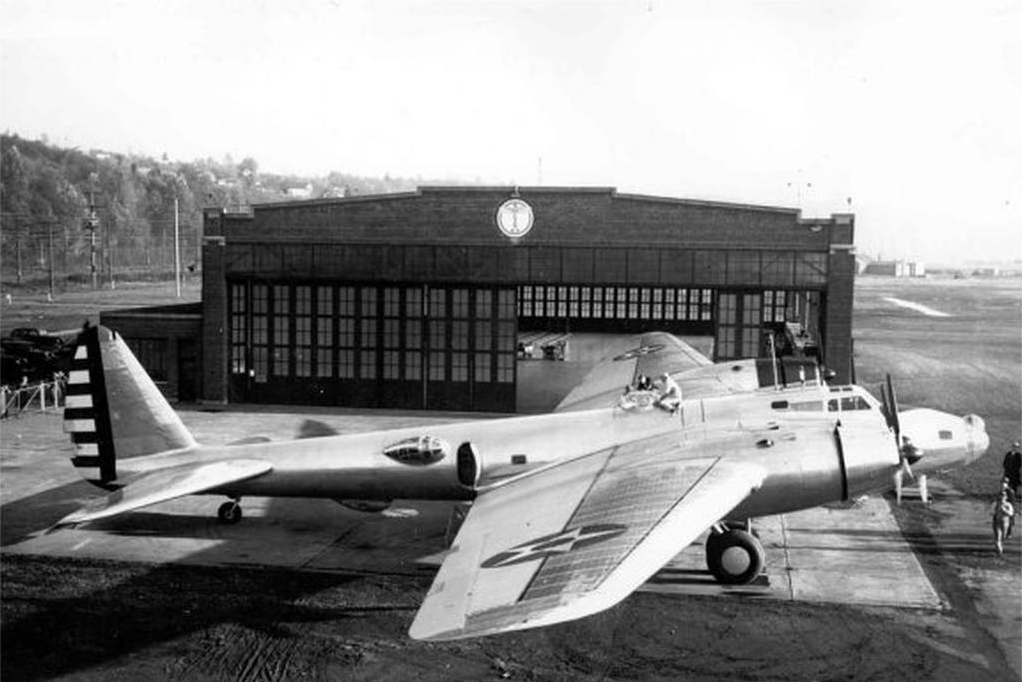
Designers had planned to use an experimental 3,421.194-cubic-inch-displacement (56.063 liter) liquid-cooled, supercharged and turbosupercharged Allison V-3420 twenty-four cylinder, four-bank “double V” engine. It produced a maximum of 2,885 horsepower at 3,000 r.p.m. The engine was not available in time, however, and four air-cooled Pratt & Whitney R-1830 (Twin Wasp) engines were used instead. With one-third the horsepower, this substitution left the experimental bomber hopelessly underpowered as a combat aircraft. (The Douglas XB-19 was retrofitted with V-3420s in 1942, and re-designated XB-19A.)
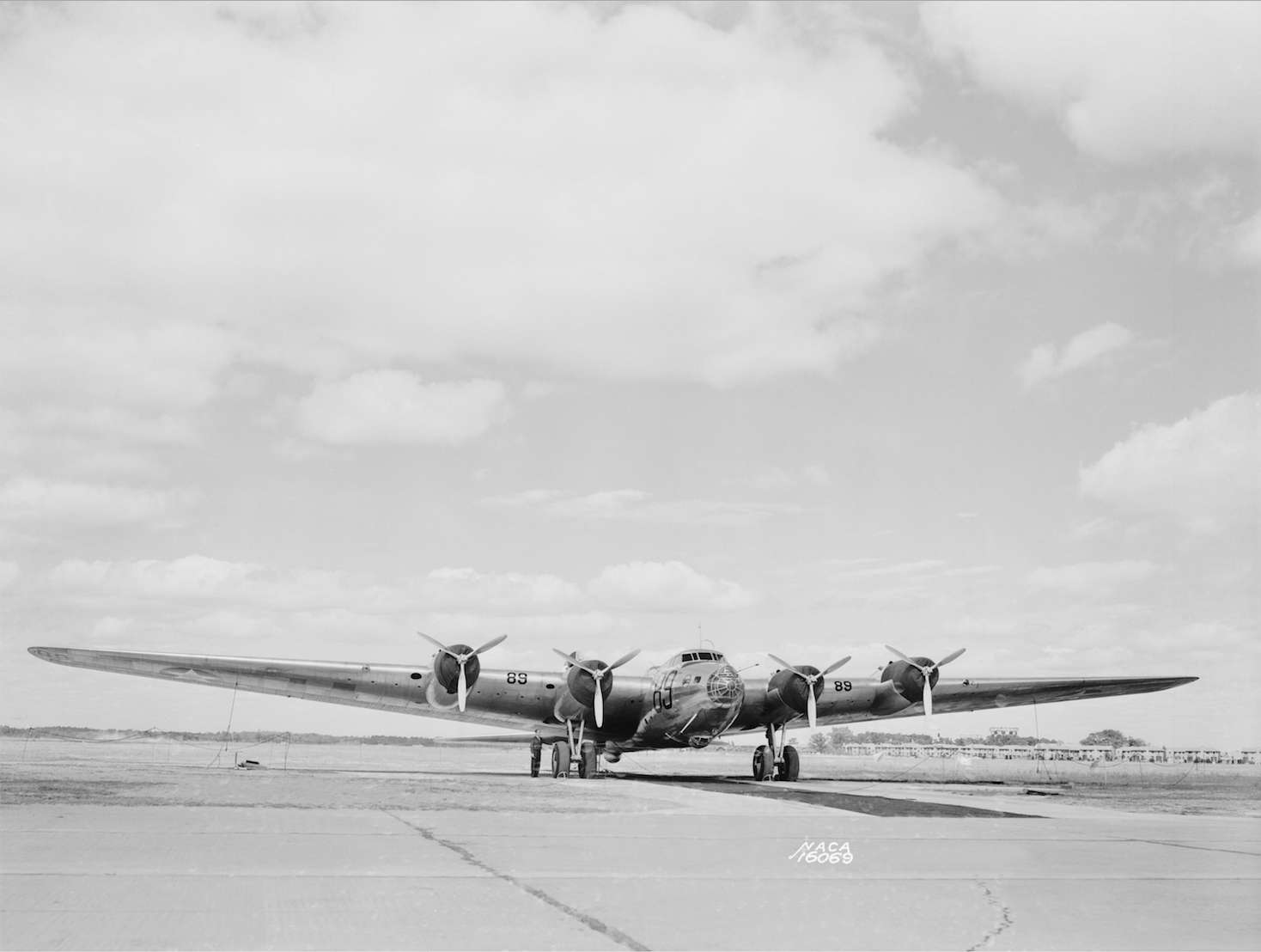
The XB-15 was a very large four-engine mid-wing monoplane with retractable landing gear. It was of aluminum monocoque construction with fabric-covered flight control surfaces. The XB-15 had a ten-man crew which worked in shifts on long duration flights.
The prototype bomber was 87 feet, 7 inches (26.695 meters) long with a wingspan of 149 feet (45.415 meters) and overall height of 18 feet, 1 inch (5.512 meters). The airplane had an empty weight of 37,709 pounds (17,105 kilograms) and maximum takeoff weight of 70,706 pounds (32,072 kilograms)—later increased to 92,000 pounds (41,730 kilograms).
The XB-15’s wings used a symmetrical airfoil and were very highly tapered (4:1 from root to tip). They had an angle of incidence of 4½° and 4½° dihedral. The total area was 2,780 square feet (258.271 square meters). A contemporary aeronautical publication wrote, “The airfoil provides constant center of pressure, minimum profile drag with flaps up and high maximum lift with flaps down.” The XB-15’s wings were adapted by Boeing for the Model 314 Clipper flying boat.
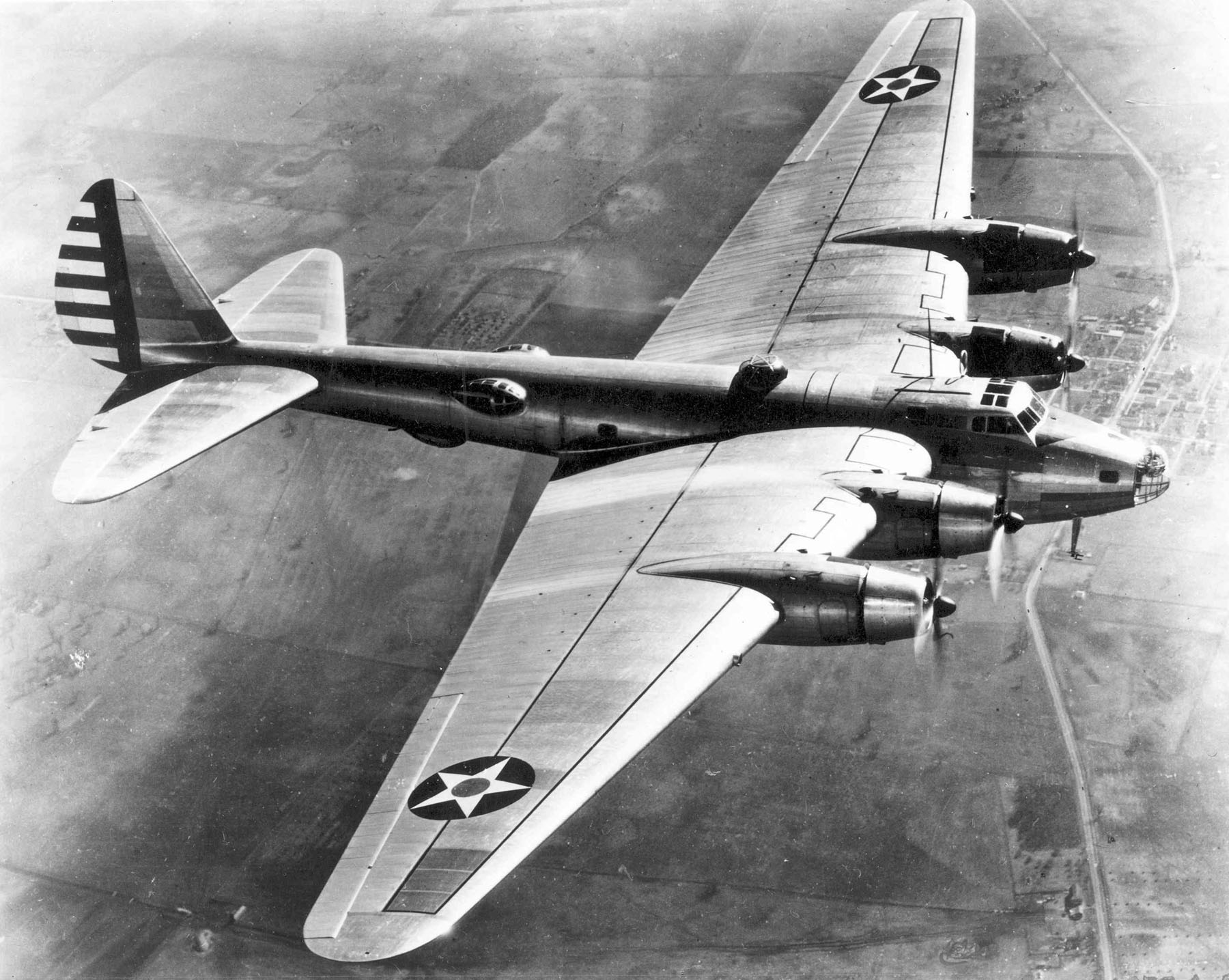

The experimental airplane had a cruise speed of 152 miles per hour (245 kilometers per hour) at 6,000 feet (1,829 meters), and a maximum speed of 200 miles per hour ( kilometers per hour) at 5,000 feet (1,524 meters). The service ceiling was 18,900 feet (5,761 meters) and maximum range was 5,130 miles (8,256 kilometers).
The bomber could carry a maximum of 12,000 pounds (5,443 kilograms) of bombs in its internal bomb bay, and was armed with three .30-caliber and three .50-caliber machine guns for defense .
Only one XB-15 was built. During World War II it was converted to a transport and re-designated XC-105. In 1945 35-277 was stripped and abandoned at Albrook Field, Territory of the Canal Zone, Panama.
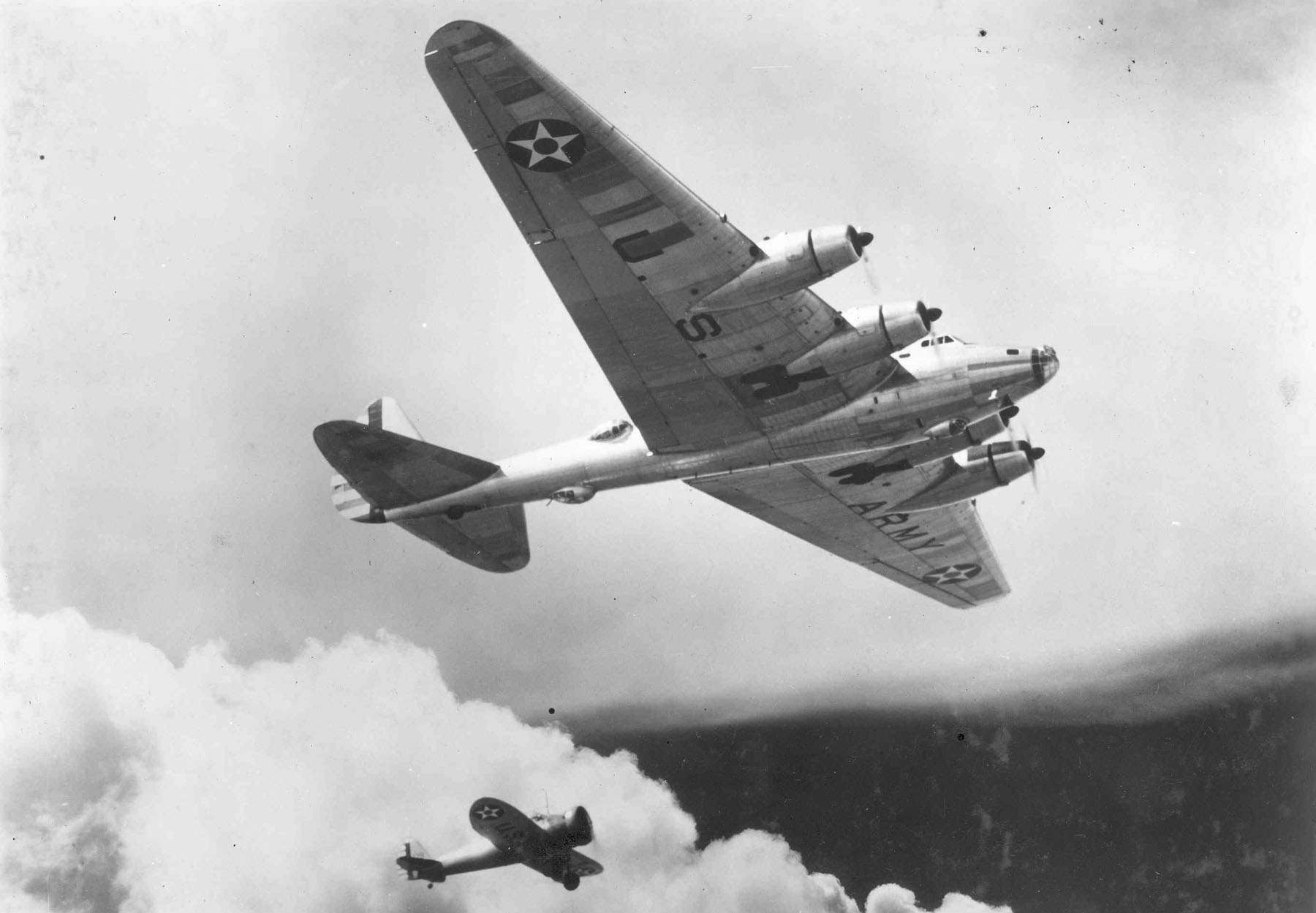
¹ FAI Record File Number 10865
© 2018, Bryan R. Swopes
Hmmm? A month before the start of WWII in Europe and we have a prototype doing 166 M.P.H. Had they been built, they would have been over targets for a virtual eternity.
These FAI awards confuse me. First, they seem terribly transitory and the events seem to be oddly ‘cherry-picked’. I’m especially confused with the records set with jets in the cold war era. I would have thought things like speeds and ceiling for craft like the SR-71, etc. would have been classified.
Yes, and the few .30-caliber machine guns are almost laughable as defensive armament. But, this was an experiment. The Douglas XB-19 was also and attempt to determine what was possible with the “state of the art” technology of the late 1930s.The aircraft being flown by the U.S. military were hopelessly outdated. The “breathing space” allowed by America’s delayed entry into World War II gave us time to develop aircraft that advanced the state of the art. Thanks, Kevin. Your observations and comments are much appreciated. —Bryan
Was rhe special Allison engine ever ready and used ?
From what I could find, about 150 of these engines were built and were used in several experimental airplanes. There are some excellent photos of the engine at:
https://airandspace.si.edu/collection-objects/allison-v-3420-23-v-3420-b10-double-v-engine
Bryan, that link did not work for me.
The X-B-15 was stripped an left in the Canal zone is the Bomber remains still their?
I believe that the scrapped airplane was buried at the airfield.
Lee, just go to the main air and space page, and type “Allison 3420” into the search field. The photos will come up in the results. I’ll bet those engines were buggers to maintain. I noticed in the nameplate photo that the two crankshafts rotated in opposite directions.
Ok, this has absolutely nothing to do with aircraft…except for the V-3420….do a web search for “EJ Potter double ugly pulling tractor”….he was also known as The Michigan Madman…if putting a V-3420 into a pulling tractor isn’t enough of an indication, just read further.